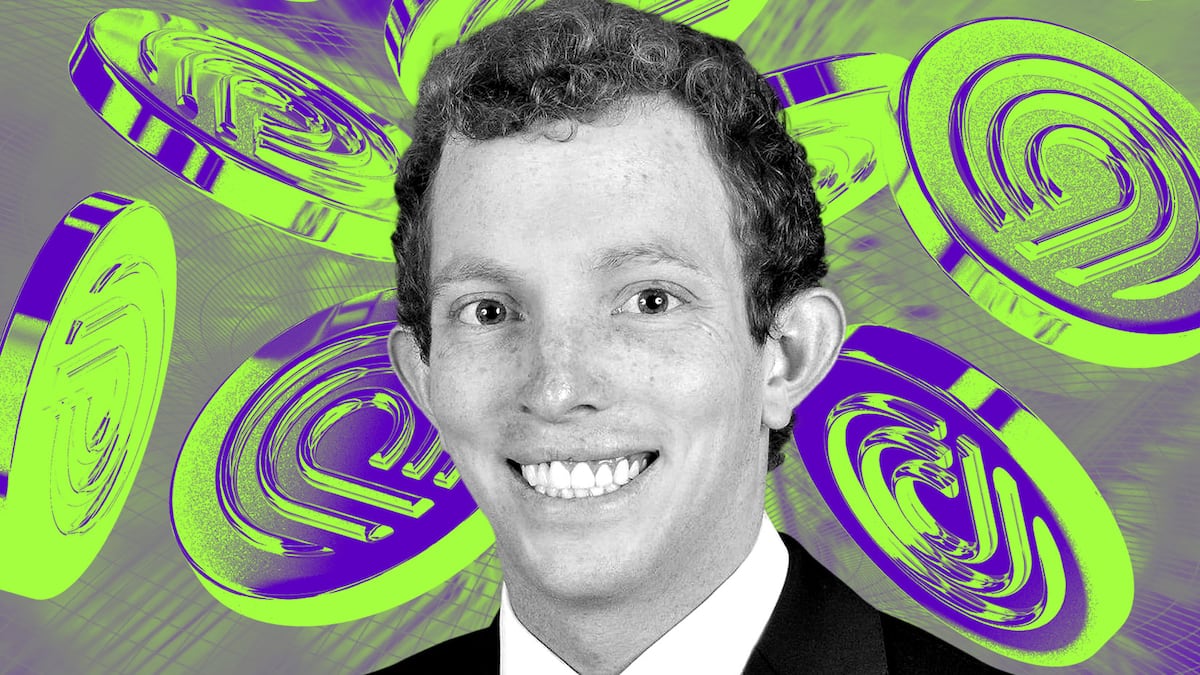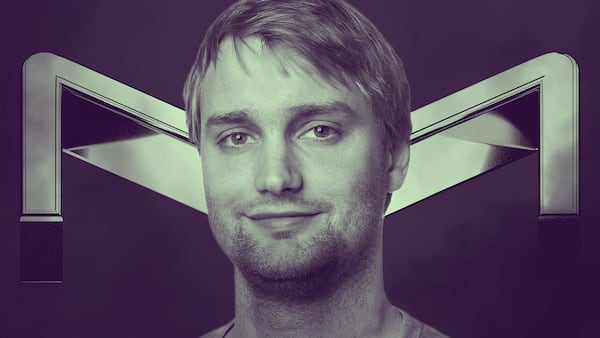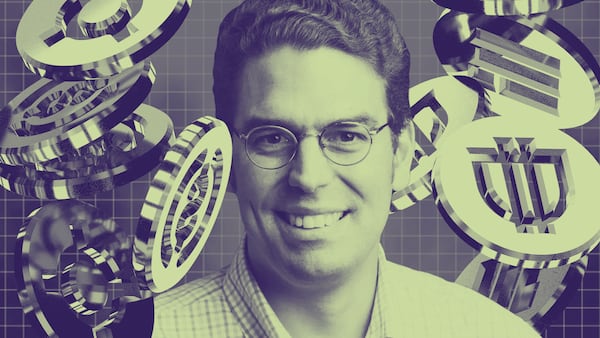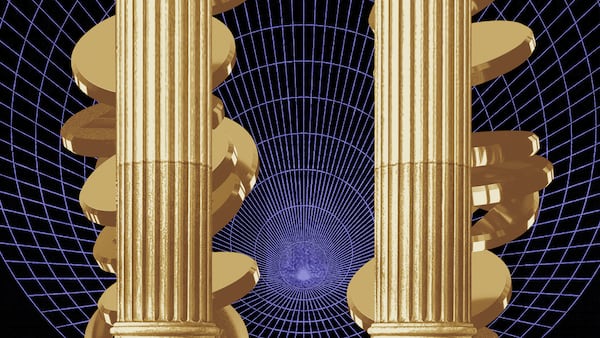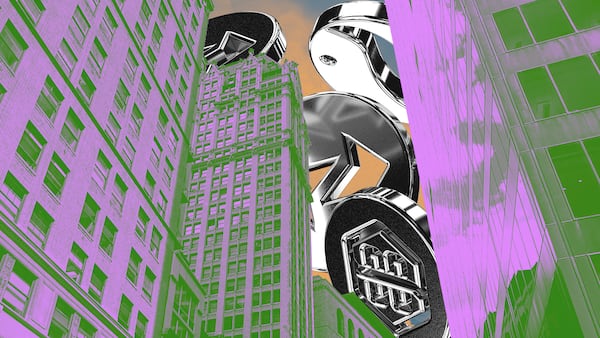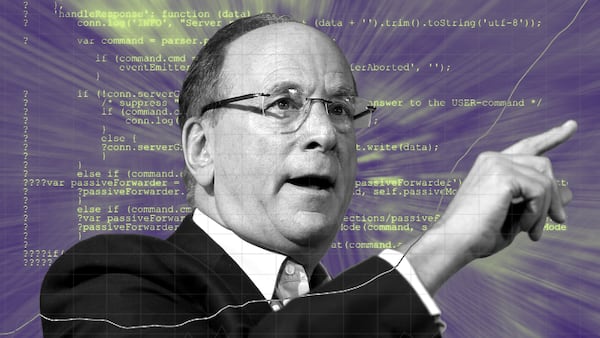- Investors are rushing to buy ONDO, a governance token tied to real-world asset platform Ondo Finance.
- The token gives holders a say in governing a related cooperative, Ondo DAO.
Trade volume for Ondo Finance’s newly-launched governance token topped $1 billion in its first week, a sign investors have high hopes for projects seeking to tokenize real-world assets such as stocks and bonds.
ONDO, the protocol’s eponymous token, began trading Thursday, and has been listed on several centralised exchanges, including Coinbase, Bybit, Crypto.com, Kucoin, and HTX.
The day of its debut, ONDO topped $150 million in trade volume. Of the 19 tokens with a higher market capitalisation that have launched since the Terra blockchain collapsed in 2022 — the event that set off the current bear market — only eight saw higher trade volume on their first day, according to data from CoinMarketCap.
“It’s definitely one of the more impressive token launches,” Stanley He, head of research at Metaweb Ventures, told DL News.
“They chose a good time to launch a token. Right now the market’s soft, but before people were [feeling] euphoria, and there have been a couple quite successful [recent] token launches.”
But some criticised the token’s distribution at launch: With only 14% of its supply in circulation, Ondo has followed a playbook that critics accuse of gradually whittling away token value.
Real-world assets
After the Maker protocol and Tron’s stUSDT, Ondo Finance is the third-largest organisation in the real-world asset DeFi sector, which seeks to bring tokenised derivatives of real-world assets onto public blockchains.
More than $189 million in crypto was deposited to Ondo as of Monday morning, according to data from DefiLlama.
The protocol custodies users’ crypto deposits at Coinbase, and uses prime brokerage platform Clear Street to purchase and custody the ETF shares which back its products. It has raised $24 million to date in a pair of funding rounds led by Peter Thiel’s Founder Fund and Pantera Capital.
Ondo is also third-largest among projects offering tokenised treasuries, according to rwa.xyz, with more than $128 million invested as of Thursday.
Like other governance tokens, ONDO functions somewhat similar to shares in a publicly traded company — in this case, the Ondo DAO, a digital cooperative that governs Flux, a lending protocol for Ondo Finance-built tokens.
Those tokens include OUSG, a tokenised version of the Blackrock short-term US Treasuries ETF; OMMF, a tokenized version of a Blackrock money market fund; and USDY, a yield-bearing, dollar-pegged stablecoin backed by short-term US Treasuries.
Tokenomics
In May 2022, Ondo Finance’s nonprofit arm, the Cayman Islands-based Ondo Foundation, sold ONDO tokens to over 18,000 people, raising more than $10 million.
Those tokens were sold with a transfer restriction, which was waived by the Ondo DAO on January 15.
About 1.4 billion tokens, or 14% of ONDO’s supply of 10 billion, is in circulation. The remainder are set to unlock in one-year increments.
With the token trading at $0.22 Thursday, the value of ONDO in circulation, also known as market capitalisation, was just over $300 million. Its fully-diluted valuation — the market capitalisation if all 10 billion were in circulation — is $2.2 billion.
Crypto projects have long been criticised for launching tokens with fully-diluted valuations that are high relative to their market capitalisation.
Critics of the model say the eventual flood of new tokens can gradually destroy a token’s value.
But that’s par for the course, according to He.
“It’s just very hard to actually avoid … this disparity between circulating supply and FDV, because you have private investors, and you want there to be a lock up,” he said.
“When there’s enough people trading the token, any price can happen, and the price could go to a very high level, which makes the FDV seem ridiculous.”
Retail investors often fear that “insiders” — the developers or investors behind a project — could dump tokens onto the market when those tokens vest. But with transparent unlocking schedules, that has become difficult, according to He.
“Right now, retail investors, they’re no [longer] just normies,” he said, using a term for investors with little knowledge of crypto markets, technology, or culture.
“They look at your cap table, they look at unlock schedules, that look at, ‘When are teams going to dump on me?’” he continued.
“Before unlocks, people become anxious and start dumping [themselves]. It’s getting much, much more difficult for teams to actually monetize, or to actually sell their coins after a token unlock.”
But he did flag one aspect of ONDO’s launch that warrants investor caution: of the tokens in circulation, 88% have been set aside for ecosystem growth and are controlled by the Ondo team.
“They’re still holding most of the tokens in their wallet, which makes the real circulating supply that’s actually on the market much, much lower than the number on paper,” He said.
Just over half of the total supply is set aside to fund ecosystem growth via incentives and payments to future Ondo contributors, such as developers and researchers.
Another third are set aside for “core contributors” such as employees of Ondo Finance.
About 13% have been allocated to investors and the Ondo team, with the remaining 2% accounting for tokens purchased during the public sale in May 2022.
